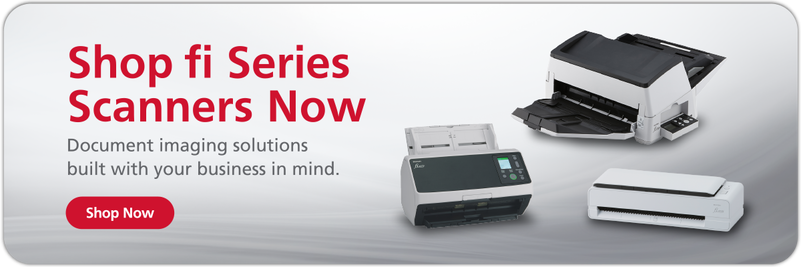Simplify and accelerate your intake process with a scanner built specifically to handle insurance cards.
If your business deals with health insurance, you already have enough paperwork hurdles to clear without ill-suited equipment slowing you down. About half of the respondents to a recent U.S. healthcare survey had changed their health plan in the last three years, and each one of those people needed to update their new insurance the next time they came in for a visit to their doctor, dentist, or optometrist — and that’s not to mention intake for brand new patients.
Fortunately, insurance card scanners can make this part of the process as painless as possible. They’re built to digitize insurance ID cards (and similarly sized documents) quickly and easily, getting the important information into your systems and the card back into your patient’s wallet quickly. Here’s why your business will benefit from finding the best insurance card scanner to meet its needs.
Benefits of the best insurance card scanners
Insurance and ID card scanners fill a very particular role in an office and are likely used at front desks or other customer-facing locations to digitize records while visitors wait. The “wait” is important there, as speed is one of the primary concerns for this type of setting — however, it’s not all you should account for when searching for your ideal model. Here are six of the most important factors to consider.
Did You Know? PaperStream ClickScan software is a simple scanning solution for any workflow. Click here to learn more.
- Speed: When you’re dealing with a waiting room full of patients or customers, each part of the intake process needs to be as efficient as possible. Prioritize insurance card scanners that can digitize a document in less time than it takes to say “the doctor will see you now.”
- Reliability: Speed is only helpful as long as your scanner keeps working well, and you don’t want to be telling visitors “sorry, the machine is down” just weeks after you integrate your new scanner into the workflow. Look for a scanner made with quality components and with a strong manufacturer’s warranty with coverage lasting at least a year.
- Ease of use: A bevy of useful features is no good if they just make the device harder to use for its primary purpose. Scanner operators should be able to position the card, hit a single button, and get all of the information they need so they can keep their focus where it counts — on the patient.
- Quality: Getting all the information in a legible form the first time could be the difference between a fast billing process and costly attempt to re-capture data; your business literally can’t afford to worry about poor image quality or mis-scans.
- Adaptability: In 2022, every device in your office needs to earn its place by tackling multiple kinds of tasks across any given day. Picking out an insurance card scanner that also features automatic document feeding will make it perfect for scanning other documents including stacks of paper records.
- Document protection: Insurance documents are difficult to replace and you never want to tell a patient that their card got chewed up in the machine. Look for a scanner with multiple preventative measures and fail safes built-in to protect documents.
Did You Know? Our guide to duplex scanners will help you find the best model for two-sided document scanning. Click here to learn more.
Our recommendation for larger offices: fi-8170
Those in the market for insurance card scanners have no shortage of options. We take great pride in having spent the last 50+ years researching, designing and developing some of the most advanced and powerful electronics in the world, including our professional grade fi and SP Series scanners.
Built to purpose for the most demanding document handling jobs, fi and SP Series scanners are capable of processing tens-of-thousands of pages per day at the highest levels of accuracy. Their intuitive integration capabilities with all existing work suites minimize time-to-value for businesses looking to invest in tools that will pay dividends for years to come.
The fi-8170 was made to meet demanding workflows, with a manual feed mode that can scan insurance cards up to 1.4 mm — perfect for even thickly laminated and embossed cards. Its heavy duty design includes a 100-page automatic document feeder with enhanced handling, and its Clear Image Capture technology will help capture even the tiniest fine print. Click here to learn more or shop the rest of our production scanner line.
Our recommendation for smaller offices: ScanSnap iX1600
The adjustable guides and manual scan mode of the ScanSnap iX1600 mean it can handle all manner of ID cards, while its 4.3 inch touch screen makes common digitization tasks easy to execute for anyone in your office. Its Wi-Fi compatibility makes it easy to set up wherever you need to scan cards, and its 50-sheet automatic document feeder can tackle stacks of patient records and beyond. Click here to learn more and shop the full line of ScanSnap scanners.













